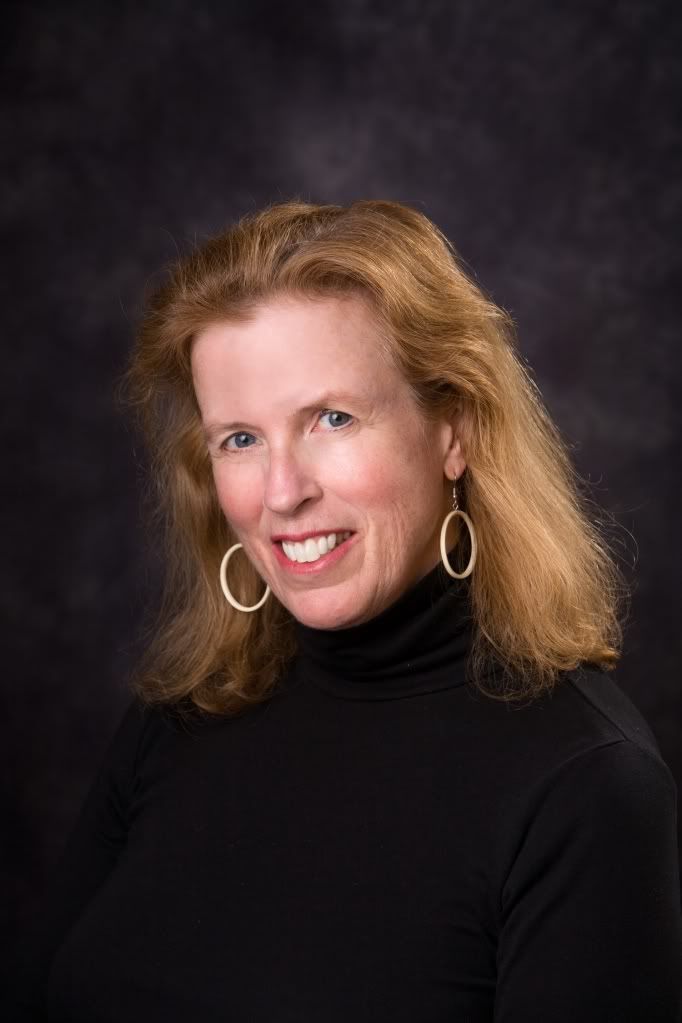
Write On! wraps up the week with a Q&A with Pamela Redmond Satran, the author of five novels, including Younger and Suburbanistas, published by Simon & Schuster, and the coauthor of nine bestselling baby name guides, including Cool Names and The Baby Name Bible: The Ultimate Guide By America’s Baby-Naming Experts
(she is also a developer of nameberry.com). Her latest nonfiction book, How Not To Act Old, based on her blog, will be published by Harper Collins this summer. She cowrites the Glamour List column and contributes frequently to such publications as The New York Times, The Huffington Post, and Reader’s Digest.
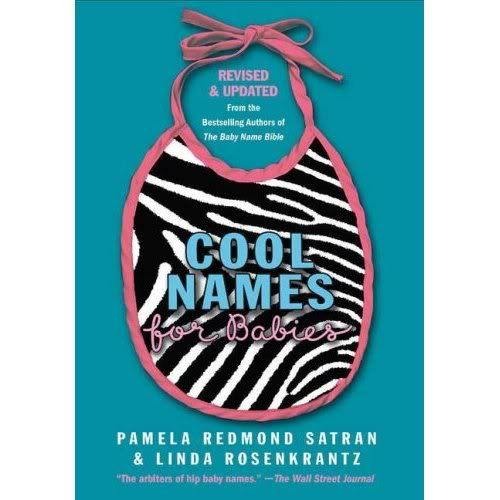
How did you catch the writing bug?
Unlike many other writers, I don’t know if I caught the writing bug so much as I loved doing creative things—painting, designing clothes—and writing was the art and craft that I settled on to pursue in school and as a career. At the University of Wisconsin, where I was a journalism major because it seemed more practical, I was the arts editor of the student newspaper The Daily Cardinal and also took creative writing classes that got me started writing fiction. So from the beginning, I was writing both fiction and journalism, which I continue to do.
How does your process for writing fiction differ from writing non-fiction? What about articles vs books?
They’re hugely different, and coming to grips with that is key to doing both successfully. For me (and for most writers, I think), non-fiction is much easier because you have real facts, a real story to hang your words on. Even a personal essay is drawing from real feelings, events, thoughts. While fiction may be based on things that really happened, it still carries the demand to invent characters, scenes, images, language that best tell your story, to shape the real inspiration to something that’s satisfying in a new way. Maybe a good analogy is that nonfiction is like scrambled eggs, while fiction is like cake—there are eggs in there, but you wouldn’t really know it.
In non-fiction, for me, writing an article and writing a book is not really all that different—one is just longer and takes more time, but the process is pretty similar and a book is no harder than writing, say, ten articles. In a way, a book is easier because you see different sides of the same subject, while writing ten articles requires a kind of reinvention each time, coming to understand a whole new topic, finding new sources, doing new interviews. I can write a nonfiction book pretty easily in a couple of months while an article might take a full month.
I don’t really write short stories so I won’t compare those with novels, but the process for nonfiction books and novels is completely different. With a nonfiction book I’ll create my structure and then just write. I’m pretty fast and don’t need to do much rewriting at this point. With a novel, I have a long process that’s somewhat based on Elizabeth George’s Write On—she was my teacher and her process really works for me. So it starts with inventing characters, then settings, then deciding on themes and point of view, and then only at the end constructing a plot, and even then sometimes planning a handful of scenes and knowing (vaguely) the ending, but not plotting the entire book. And I often rewrite again and again and again from scratch, as I understand the characters and events more deeply.
How important is diversification for a writer?
In this market, if you make your living as a writer, it’s extremely important. Publishers demand it too. I was at Harper Collins yesterday, which is publishing my book How Not To Act Old in August, based on a blog I started last summer, and the conversation focused on when I’d restart the blog, how I might do original articles supporting the book for magazines, whether I might be involved in plotting animated videos—all of which call upon diverse skills and abilities. The point is that even if you want to just write books, you’ll need to diversify.
Most serious working writers I know cross genres and do lots of different kinds of things, depending on where the demand and the inspiration is. And I think it’s important for beginning writers to know that big-name writers whose bylines they see in top magazines and whose books are published by major publishers also often write publicity material, for business websites, a lot of different less glamorous things to make money.
What was your favorite part about writing? The greatest challenge?
My favorite part is beginning work on a new idea I’m excited about. For me the biggest challenge is often believing in a piece in the face of rejection.
Are there ways for writers to get a leg up when pitching to a new magazine? Submitting a book proposal?
Developing a compelling voice is essential for writing successful magazine and book pitches. This may be different than the voice in any actual piece or book—it needs to be more sales-oriented, to grab the other person by the collar and make them listen to the story, to feel like they NEED to buy this piece or book, but it can’t do so in an obvious hucksterish way.
For magazines, I do think Mediabistro’s “How To Pitch” feature is excellent and is worth the yearly fee. Doing your research on the kinds of pieces the magazine runs and the right editor to pitch to is important too.
What is your favorite creative thing to do when you are not writing?
Ha! Good question. I like going to museums and looking at art and also like going to flea markets shopping for home things, but neither of those is particularly creative. I’m a good cook and party thrower, but I no longer have time to do such creative things as sewing, which I very much enjoy.
Any advice for writers?
Take lots of classes, learn lots of different techniques, use what works for you, and forget the rest. The more experienced I get, the more classes I take, and the more I enjoy them. Don’t rely on any one person’s judgment too much on your work—learn to listen to critiques and even solicit more criticism, but in the end, as with classes, use what makes sense and offload the rest. For me, it’s more productive to work a little on something every day than to try and blitz a project on one day—if I spend an hour or so on something every day, especially fiction, then it’s in my mind and my feelings about the characters and plot ideas will develop in a richer way, even when I’m not working.
What do you know now that you wish you knew when you first started writing?
Keep going! I find old fragments of novels and stories that someone criticized or I lost faith in and just abandoned that I now think were really good. I wish I’d tackled writing a novel much, much sooner. Writing workshops often don’t encourage novel writing because novels are so unwieldy, but if you want to have a real fiction writing career, you really need to write novels.
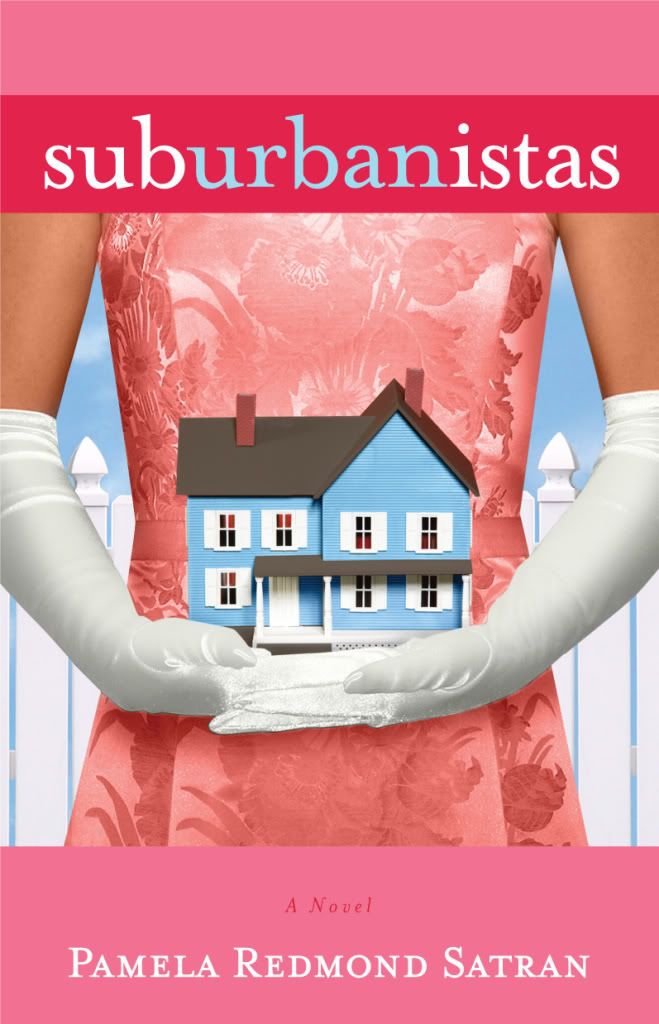


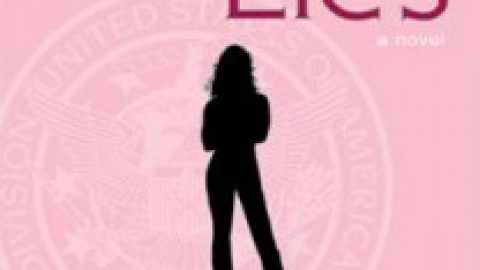
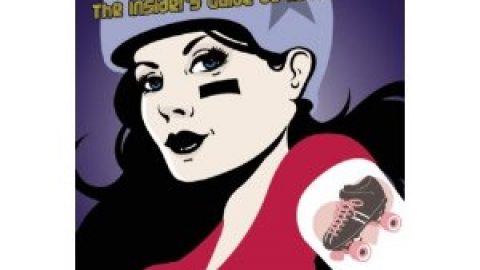
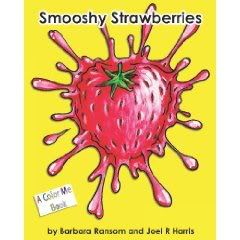


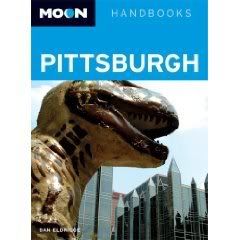

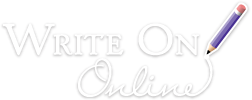
Comments are closed.
[…] ¬† Pamela Redmond Satran, Suburbanistas and Cool Names https://writeononline.com/2009/04/17/author-qa-pamela-redmond-satran/ […]
[…] Pamela Redmond Satran’s new book How Not To Act Old, based on her blog, was released last week. A novelist, non-fiction author, and journalist Pamela participated in a Write On! Q&A last April. […]